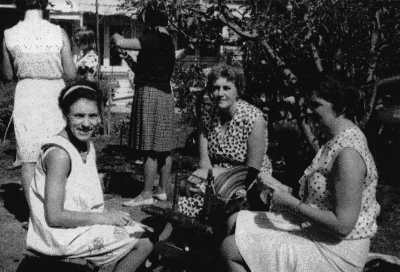Quilt No.584NP - Nini Priestely
2440 x 2120mm
The quilt was made by Lillian Furze in Melbourne for the marriage of her daughter Nini in 1959. It is still owned by Nini. It is not used now.
"Lucy Lillian Cock was born at Baringhup in April, 1908, horse and buggy days. Family moved to Camberwell then to William Street, Brighton near 'Castlefield', a grand home and property owned by her grandfather. She attended 'Firbank' Grammar school, later became a dressmaker and model. At 30 she married William (Bill) Crivelli, they moved to Cranbourne. He took Lord Casey's place in Parliament while Lord Casey went to War. Bill died 1949. Lilly then ran a boarding house in Brighton. They had 2 daughters. Margaret married and lives in England and Nini who attended Yooralla in Carlton. The quilt was made for Nini when she married Les Baxter in 1959. Les died 1996, Nini remarried in 1998. Lillian remarried in 1960 to Noel Furze, she died on 4/11/1997."
[Valda Martin 1999]


Related Quilts:
1500 x 1200mm
1580 x 1830mm
2439 x 1829mm
2415 x 2110mm
1740 x 1210mm.






